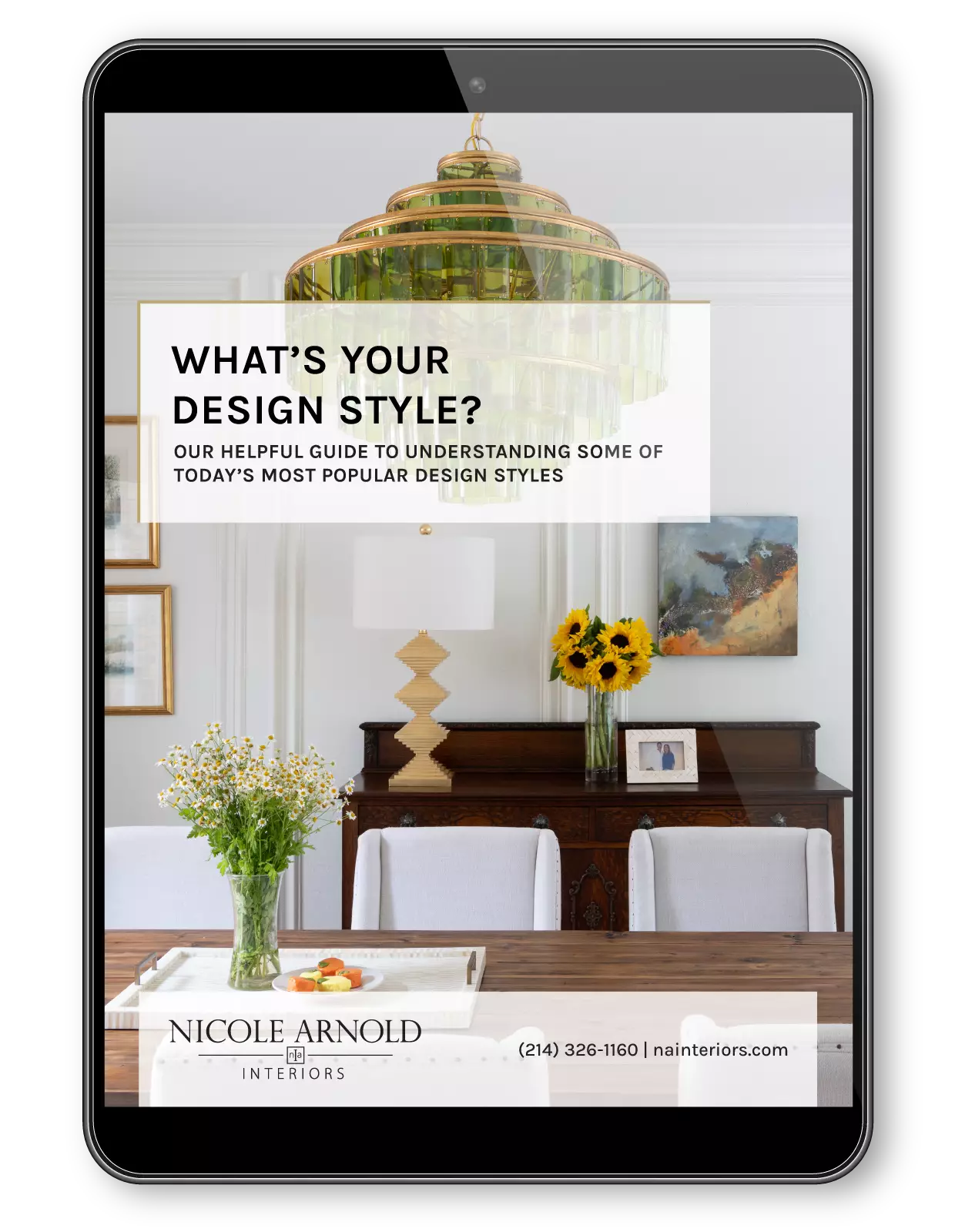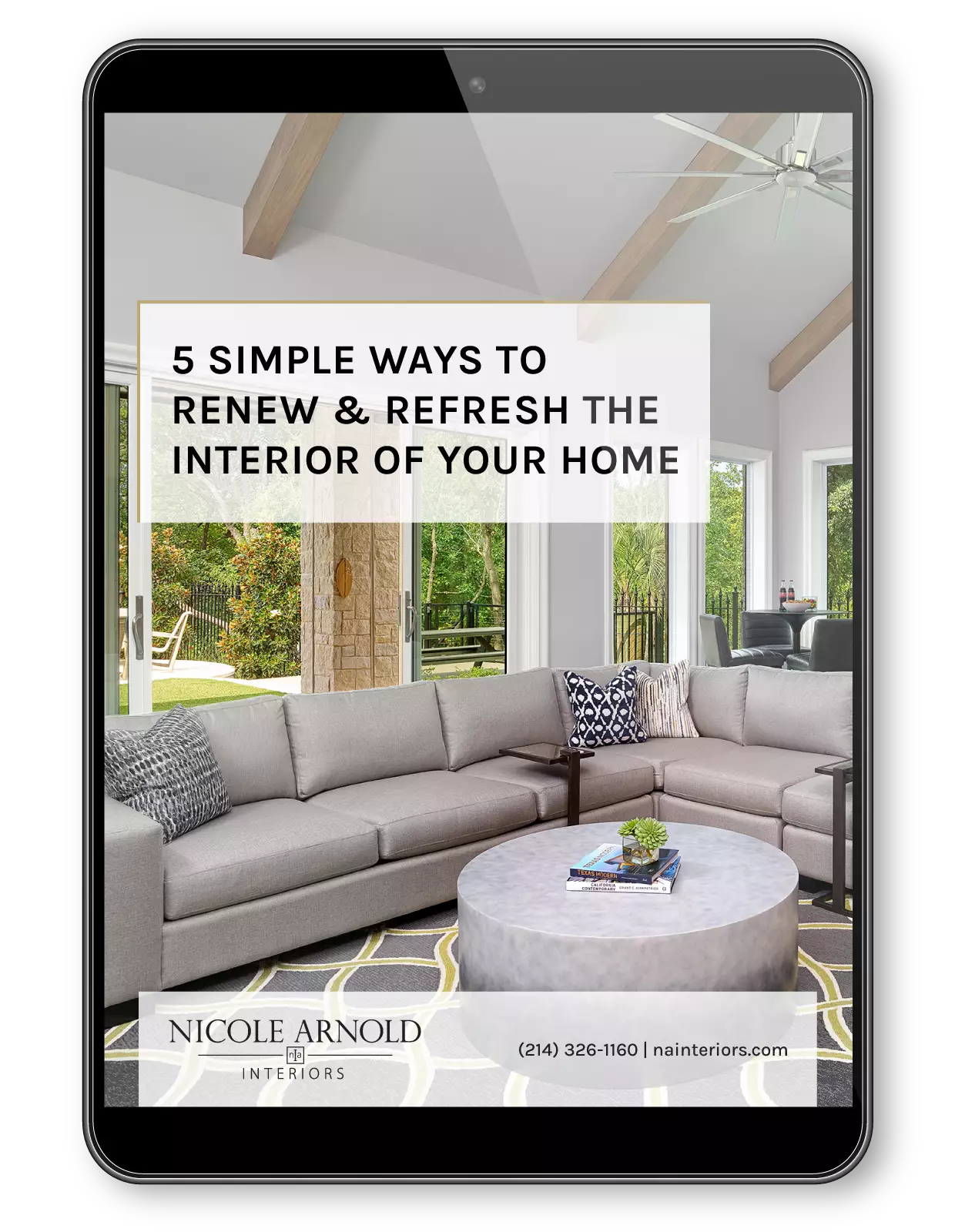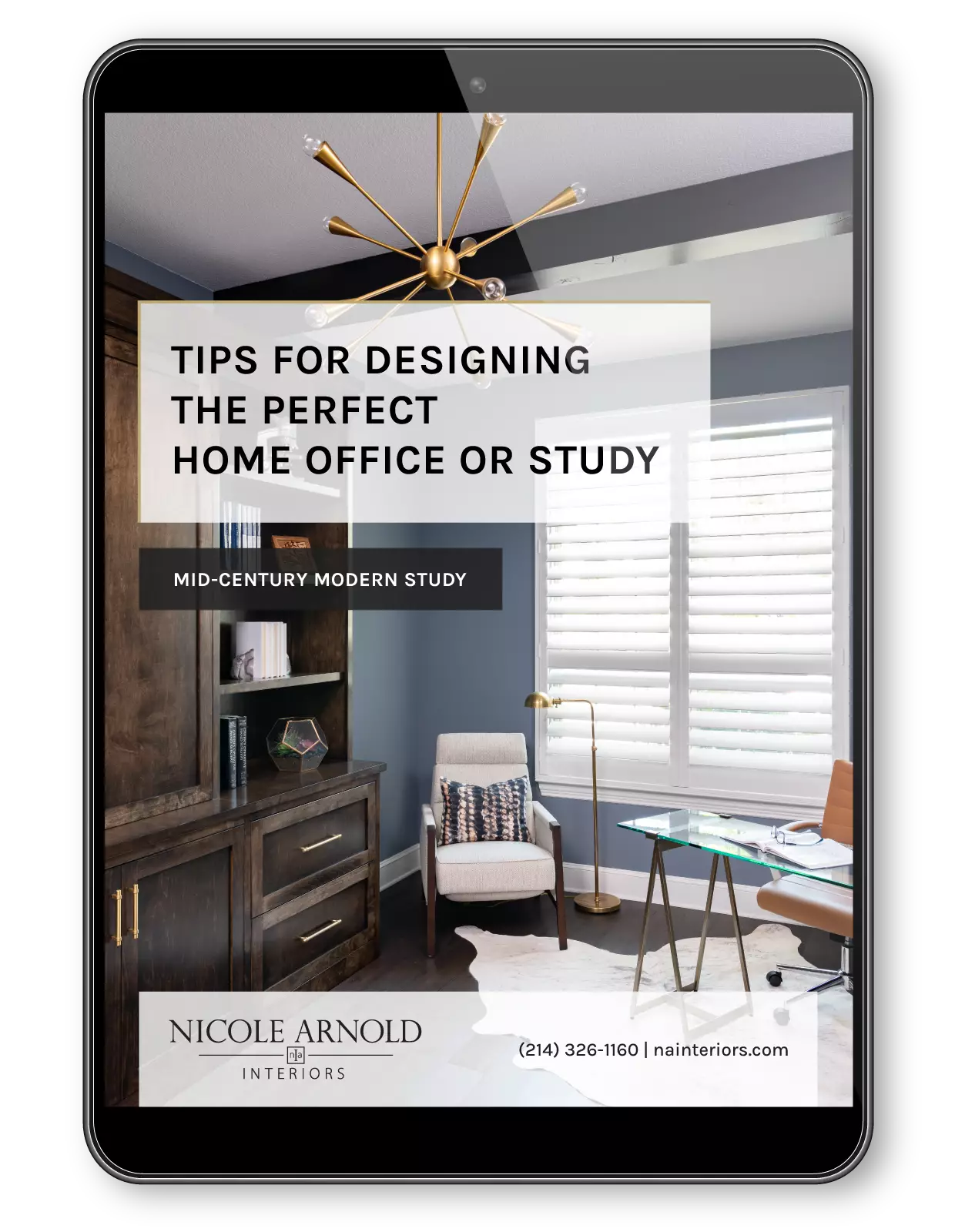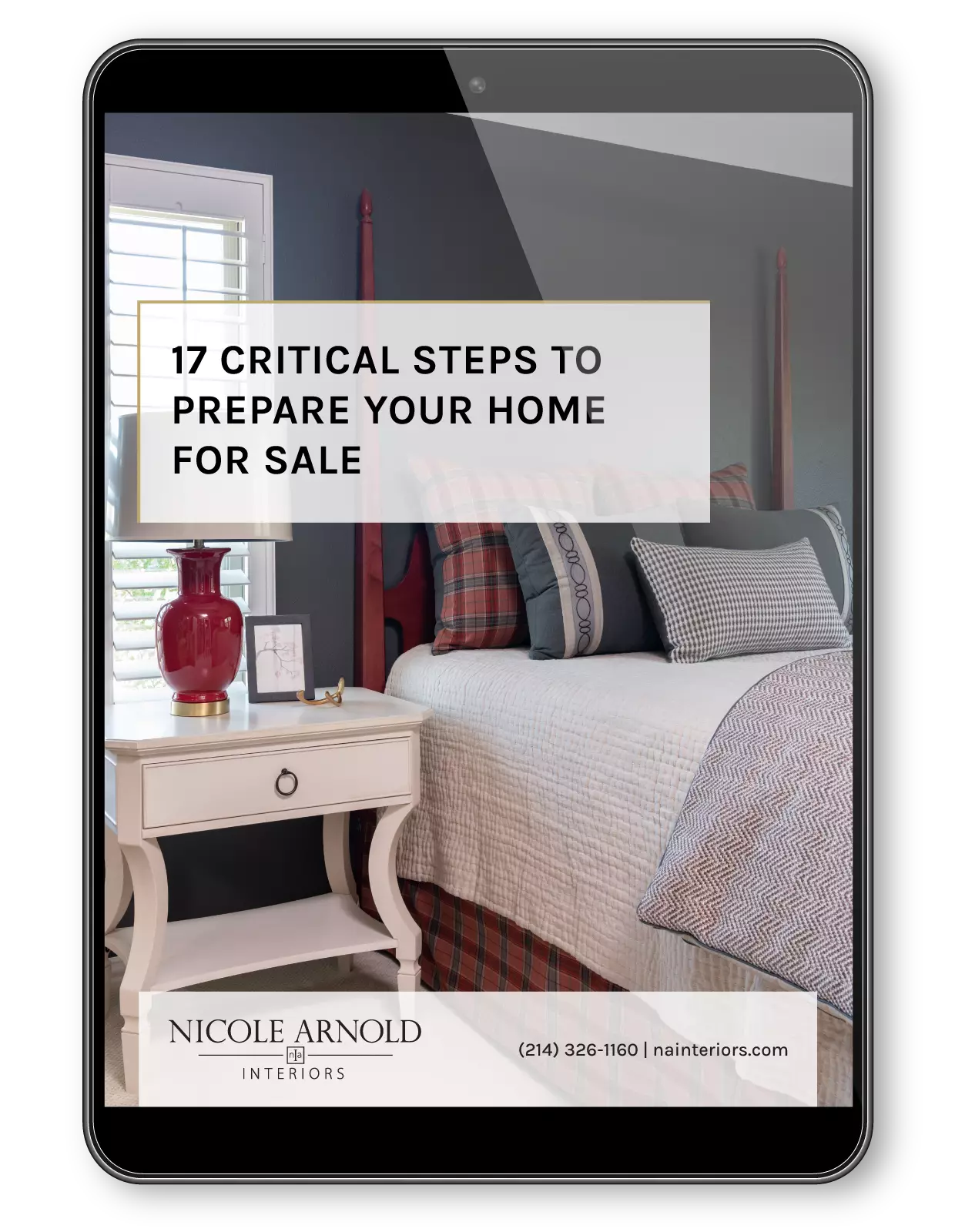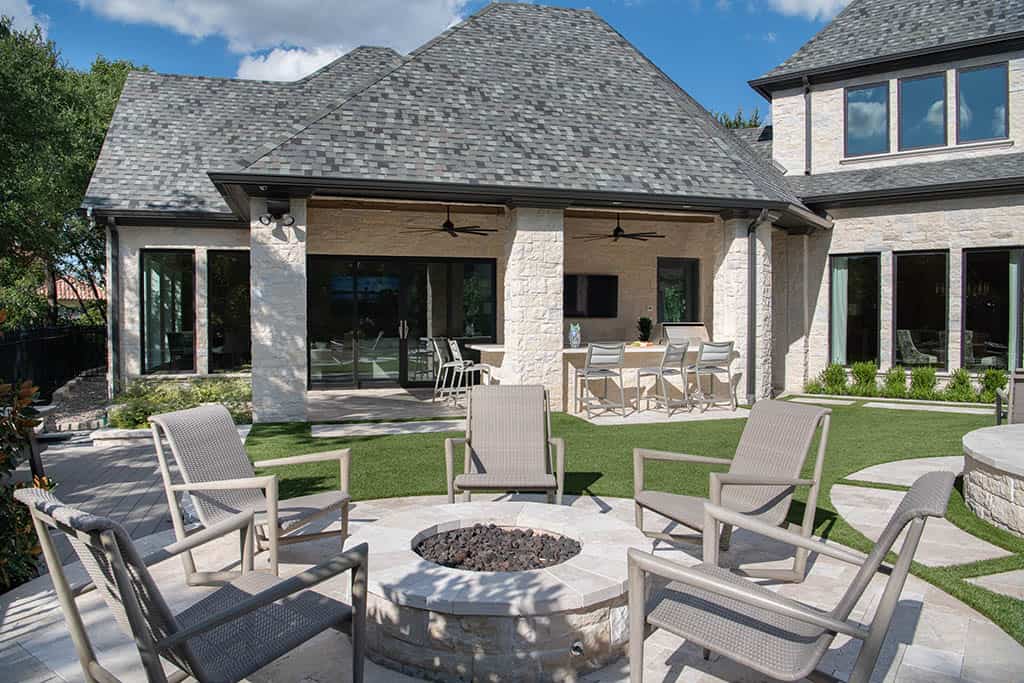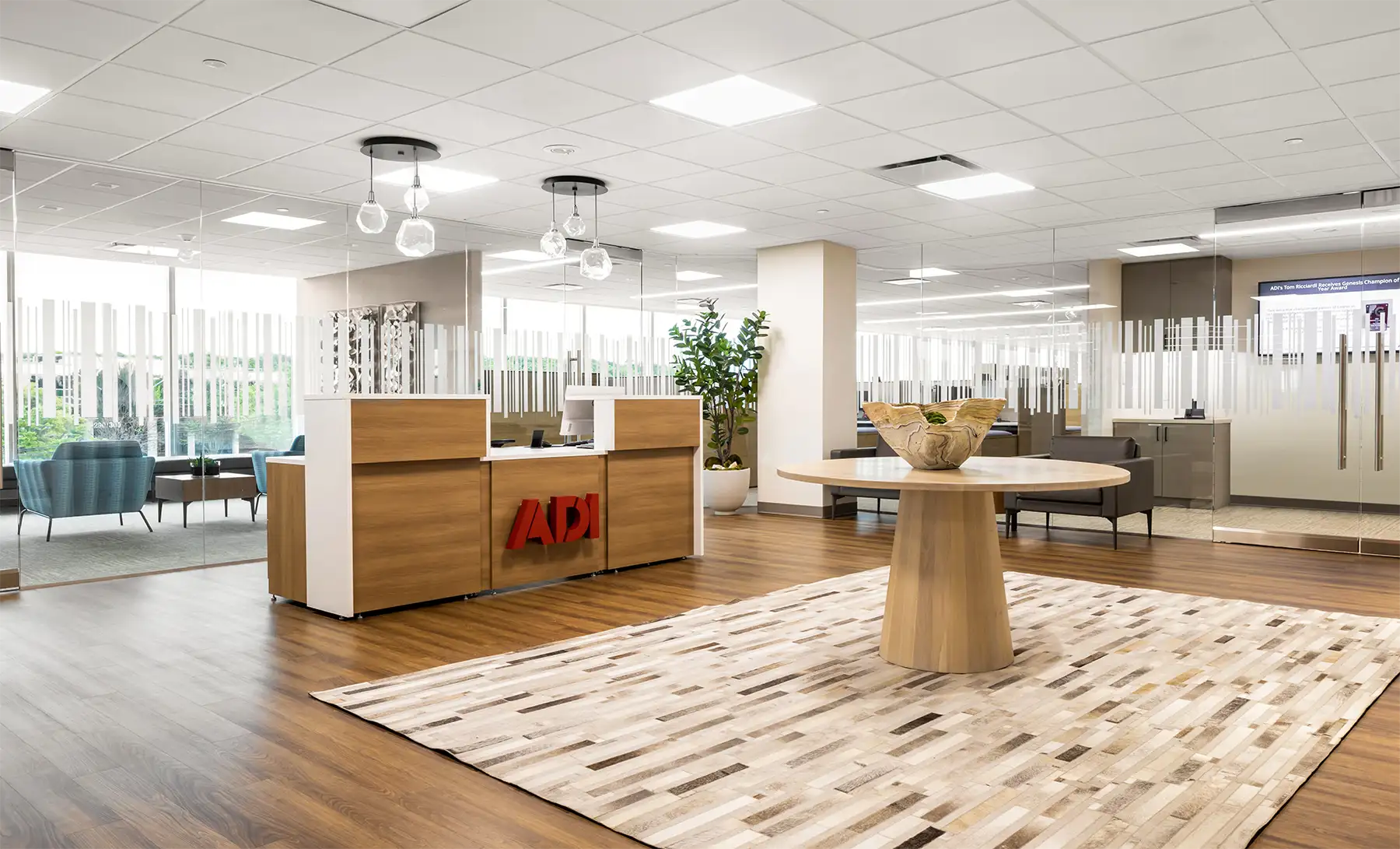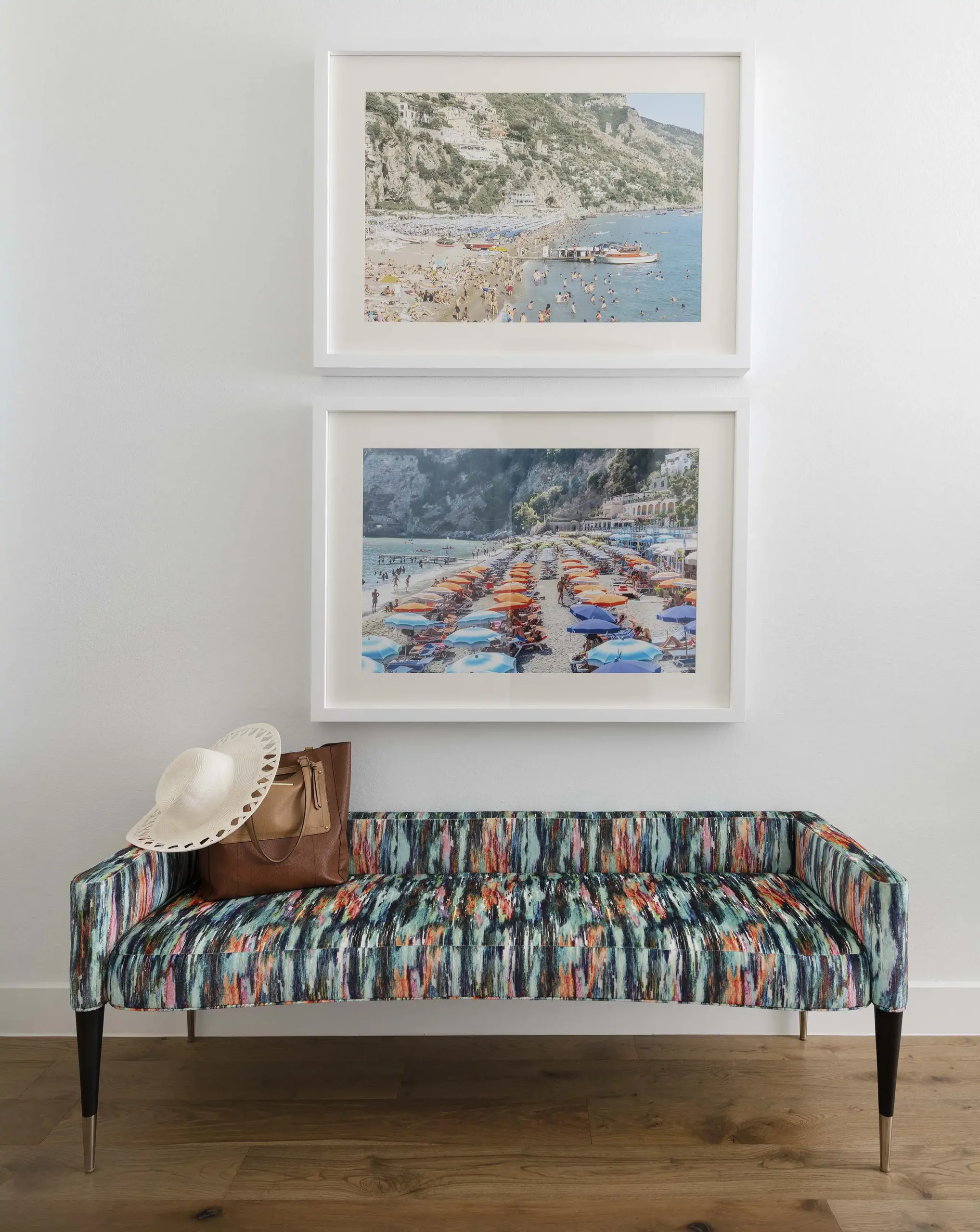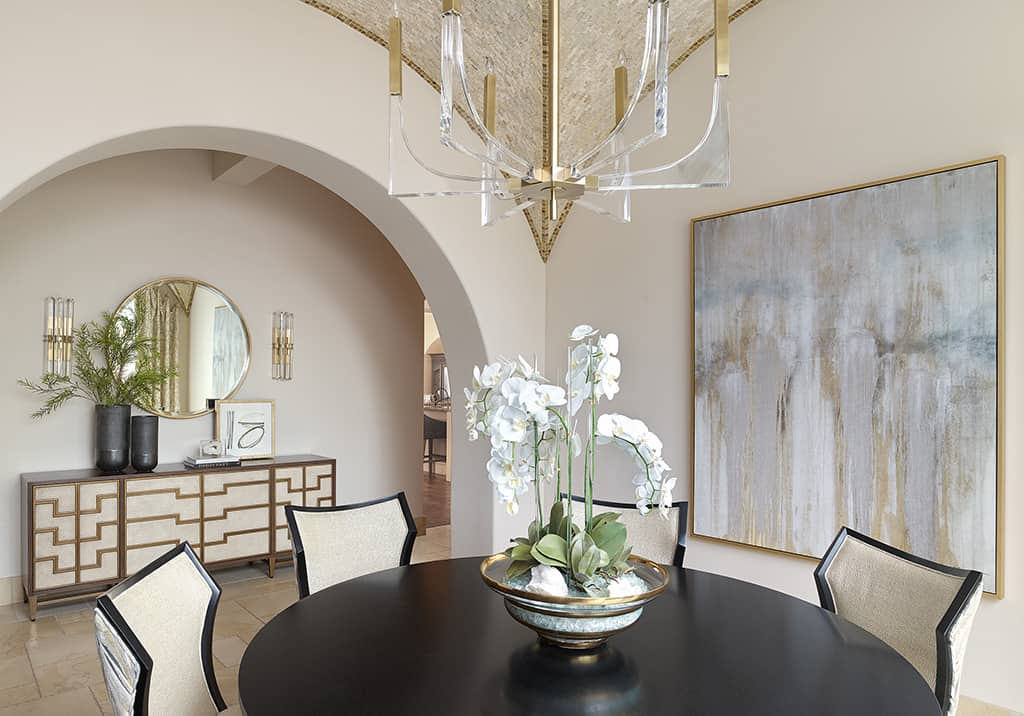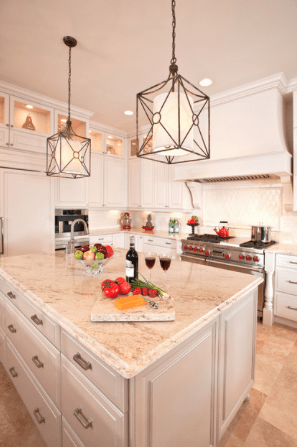
Ambient, task, accent and decorative lighting
Welcome to part 4 of our Kitchen remodel series. Be sure and check out part 1,2 and 3, if you haven’t already read them!
In this series, we’ll discuss four very important selections when it comes to the design of your kitchen:
PART 4: Lighting
What type of lighting do you really need in a kitchen? As with most of what we’ve discussed this series, it’s a matter of personal preference. Some think one large fluorescent light strip down the center is ideal (UGGHHH!), then others pull out all the stops and create a spectacle of beauty with a variation of light sources. What fixtures are right for you and your kitchen? Only you and perhaps your designer can determine that, but let’s explore some types worth considering and maybe it’ll make your decision easier.
The most important thing to do first is have a really accurate awareness of what you use your kitchen for. Is it a heavy working kitchen, a visiting kitchen, a homework kitchen, or just a “cup of coffee in the morning” kitchen? Evaluating the use of the space will simplify your decision process immensely.
The different types of lighting commonly used are:
Ambient Lighting– This kind of lighting gently fills the room and provides the kitchen’s general lighting. We commonly design this type of lighting through recessed or surface-mounted light fixtures. This lighting should be inconspicuous in the ceiling.
Task Lighting– This kind of lighting illuminates the spaces where you do the most work: cooking, cleaning, storing and entertaining. Under-cabinet lighting is a very common way to get task lighting for you working spaces. These are nice because shadows are virtually eliminated. Xenon or fluorescent bulbs can be used, depending on the function desired. Track or recessed spotlights that illuminate specific areas such as your sink, island or oven range can also be very helpful.
The kitchen island is another important space for task lighting. The most well-liked way to do this is through pendant lighting.
Accent Lighting– This kind of lighting is most commonly overlooked. Accent lighting such as interior cabinet lights or above cabinet lighting draws attention to particular elements in your kitchen. Spotlights can highlight special pictures or paintings.
Decorative Lighting– Decorative lighting is the most fun for me to design because it’s one that commands it’s own attention. Chandeliers, sconces and decorative pendants are the most common ways to express art in lighting and there are so many FABULOUS options available. Pendants above a bar or an island are an easy way to add an artistic touch or set the theme of your kitchen. Just remember to coordinate finishes and styles so that a cohesive, impactful result is achieved. Decorative lighting may not always be the most practical of your light purchases, but sometimes we need an avenue to splurge, right? I will say, though, that it’s a component that puts the finishing touch on your lighting design and will always be noticed (and remembered) by guests!
Click on an image for a larger version.


